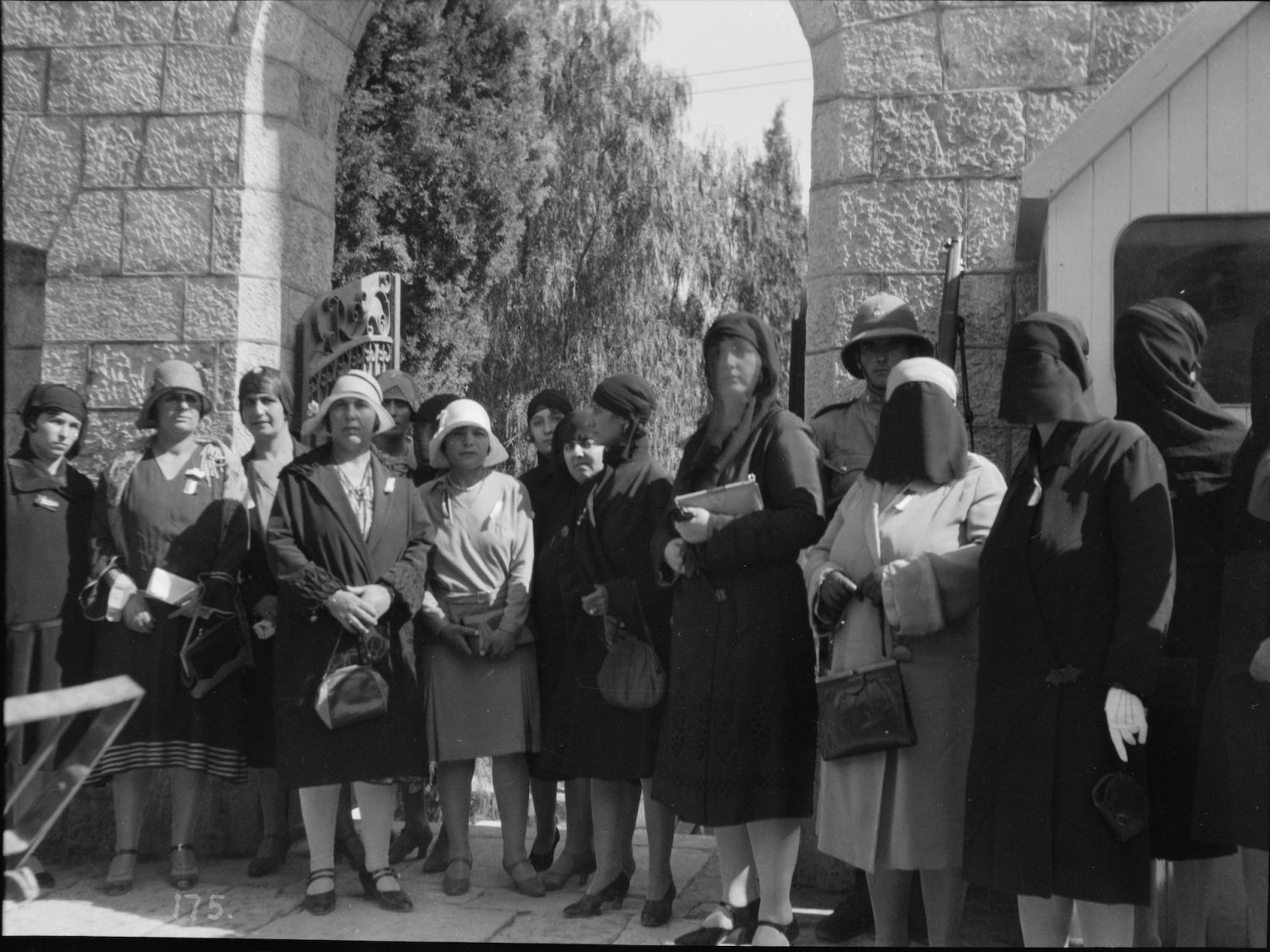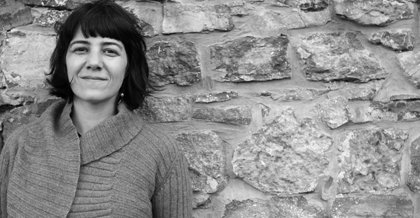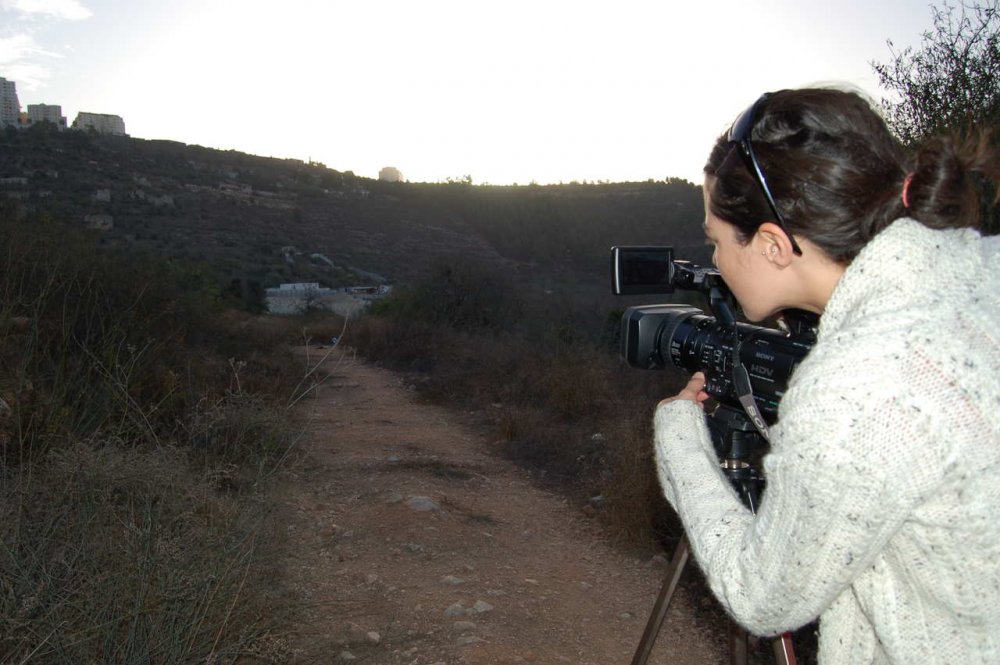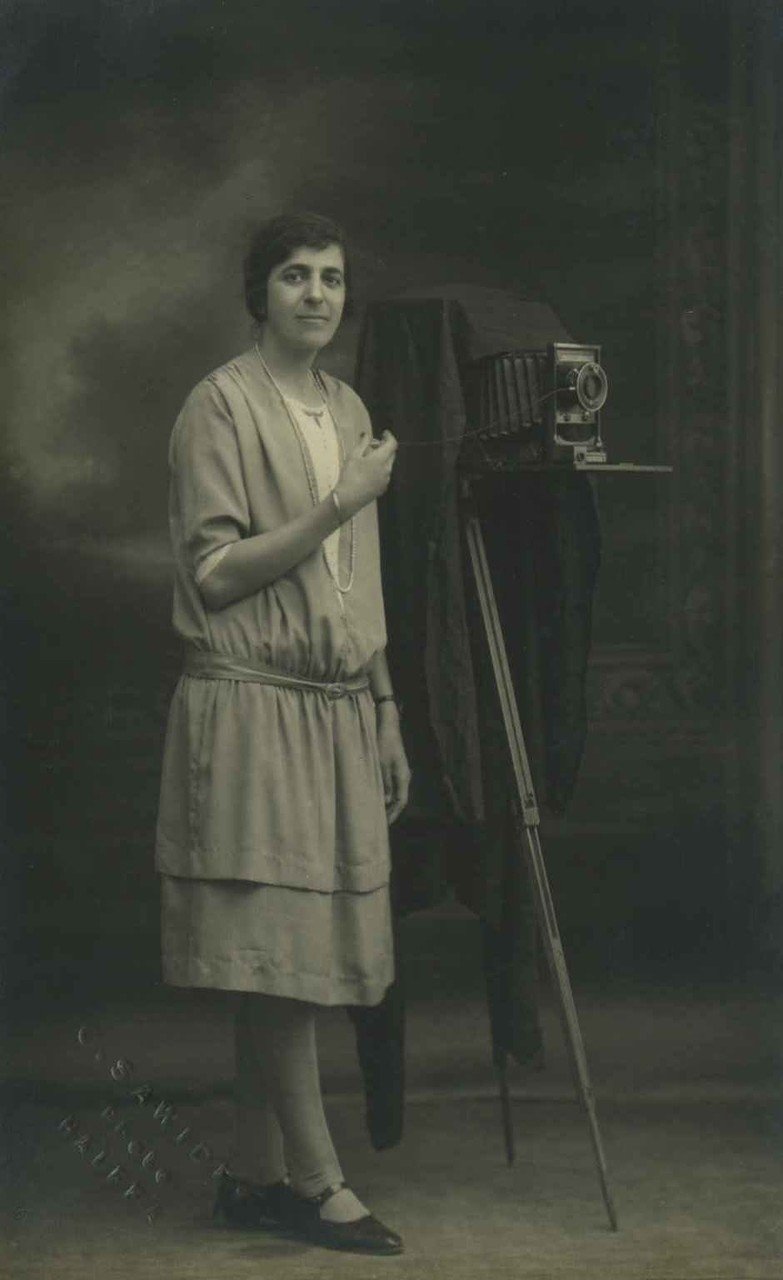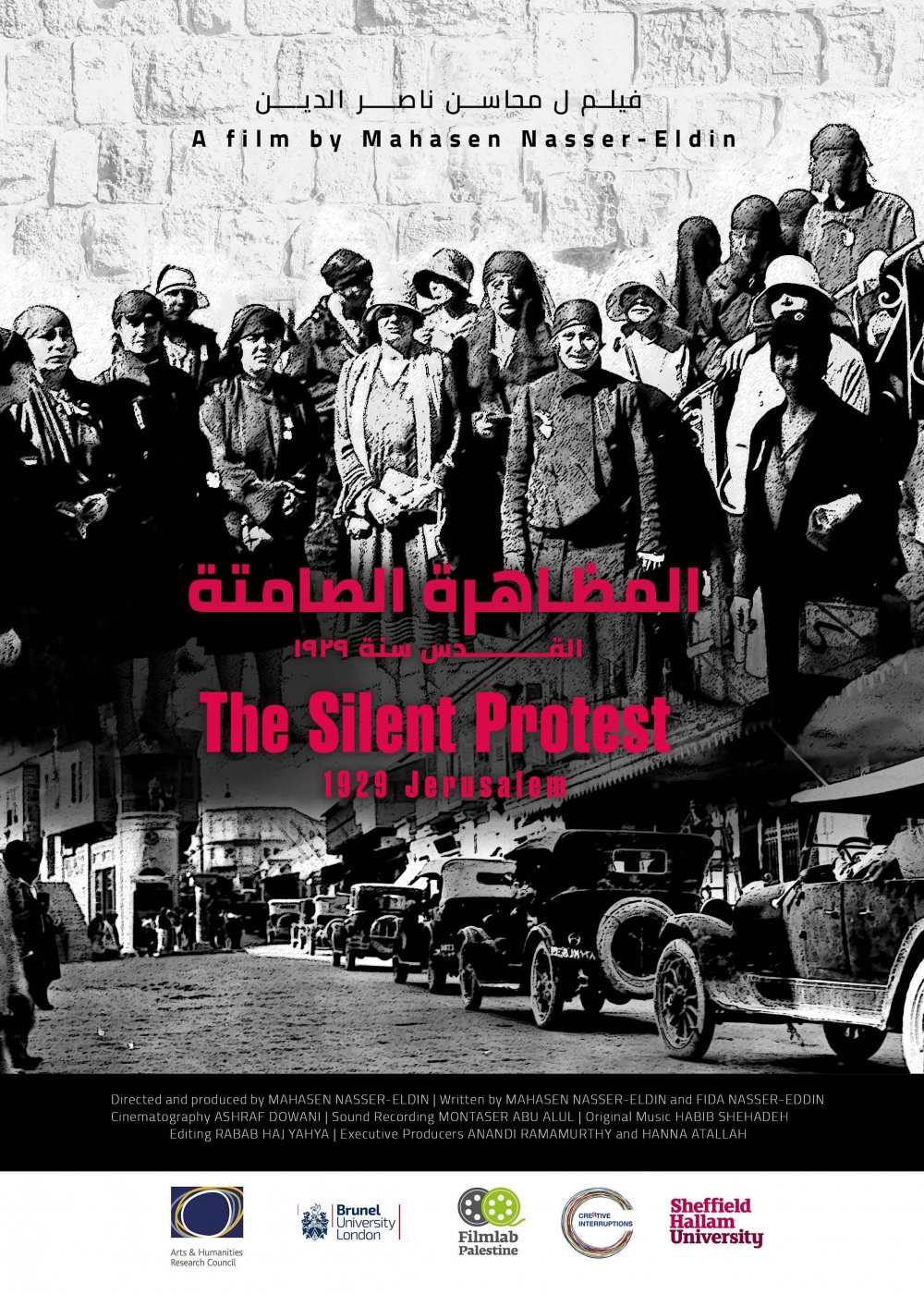For Jerusalem-born Palestinian filmmaker and film researcher Mahasen Nasser-Eldin, 44, the overarching theme of her work revolves around creating representations of history that resonate today. She is particularly interested in resurrecting silenced histories or characters from Palestine’s past. At least two of her recent films, which are documentary shorts, exemplify this approach.
We sat down with Nasser-Eldin to learn more about her latest film, The Silent Protest: 1929 Jerusalem (2019, 20 min). The film excavates a very compelling photo of a group of women holding a silent demonstration outside the British High Commissioner’s home in Jerusalem in 1929.
Taking the photo as a starting point, Nasser-Eldin searched for footage and archival material to resurrect this compelling Jerusalem history.
Our conversation with Nasser-Eldin was wide-ranging and touched on a variety of other topics as well, all of interest to the Jerusalem Story.

